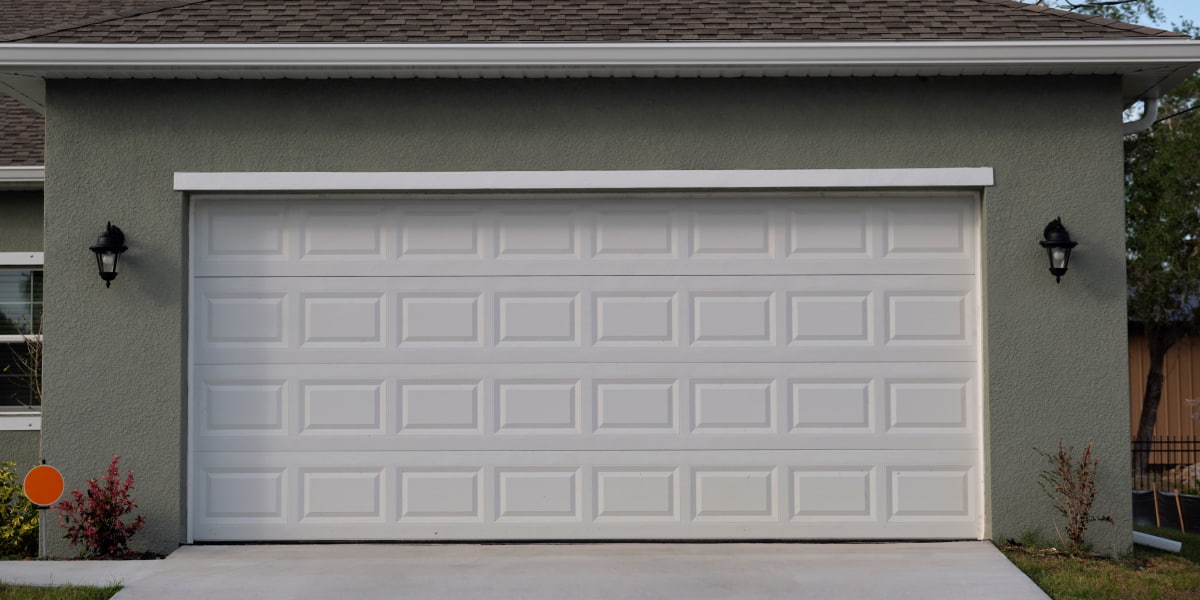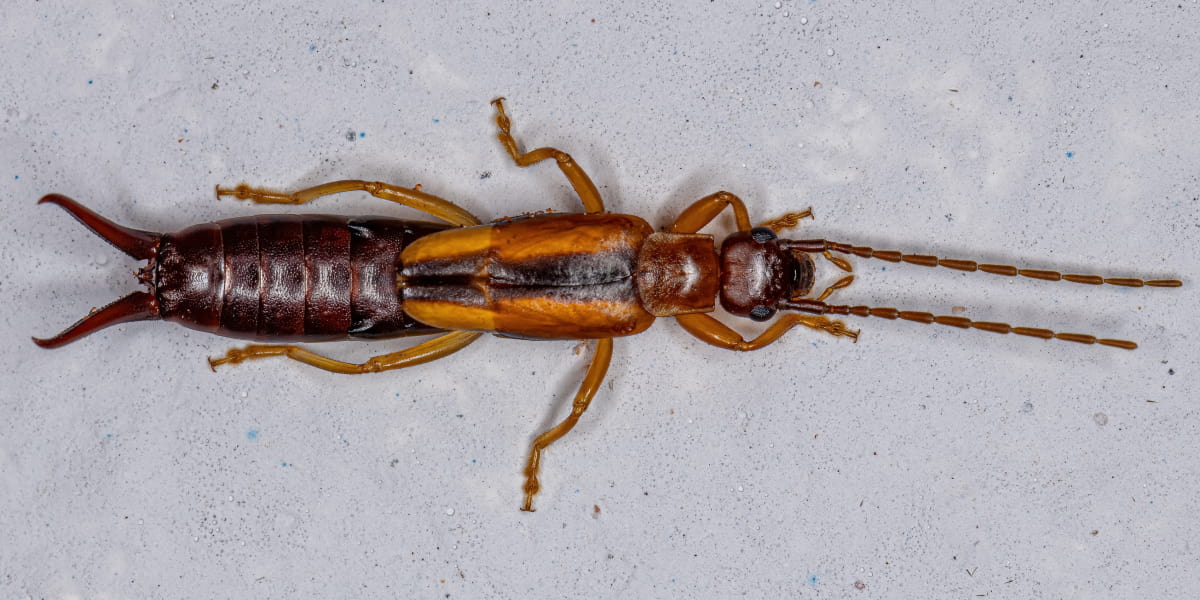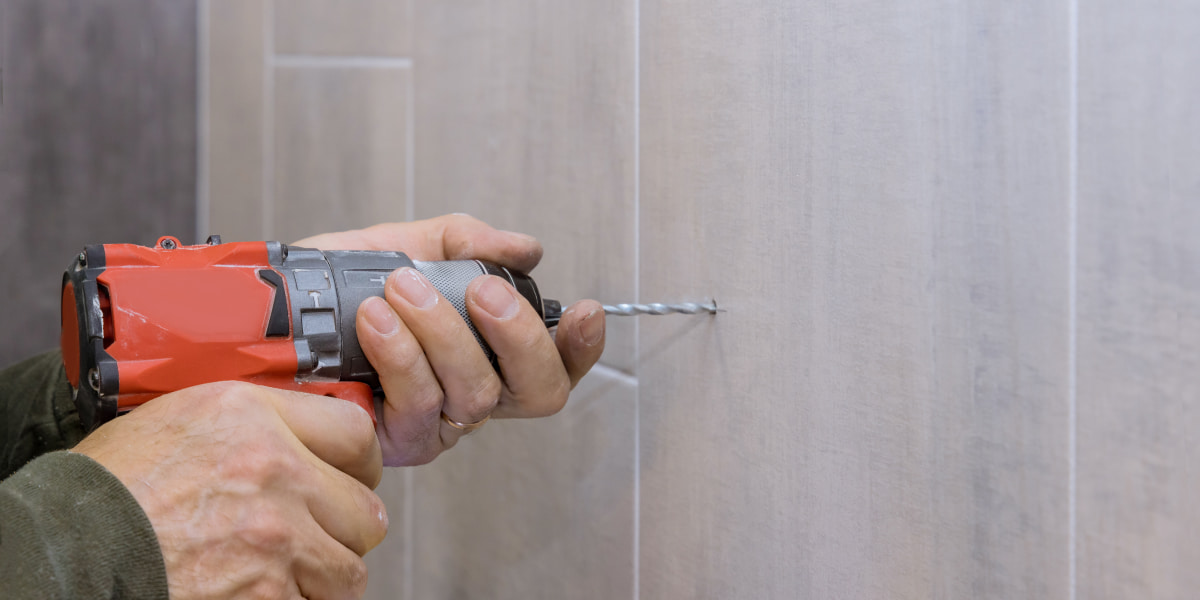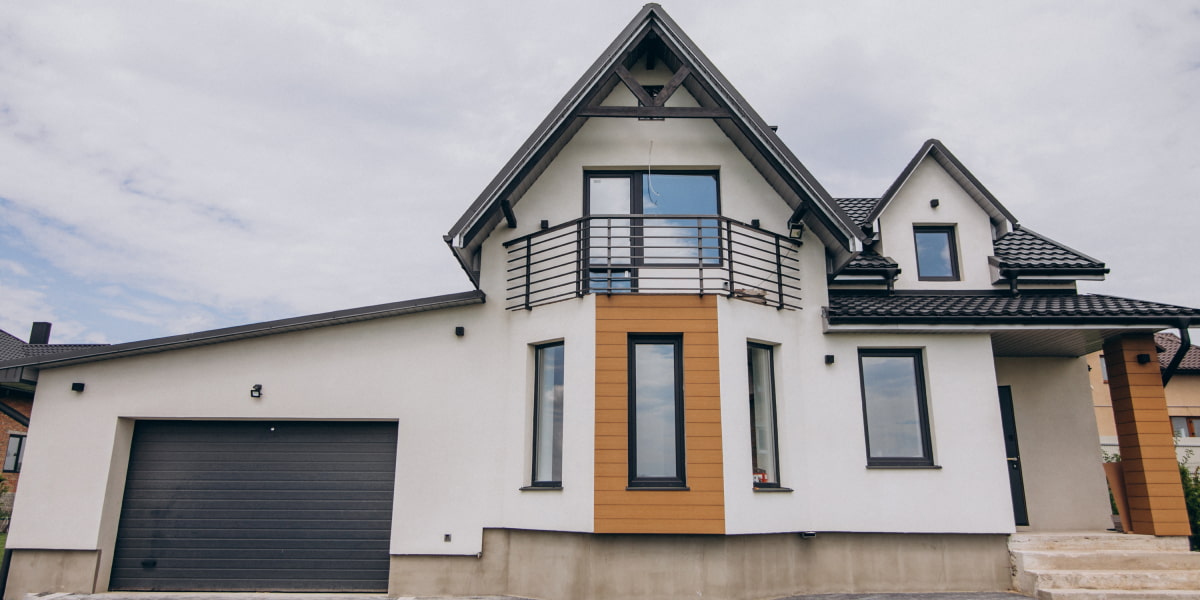Published on February 26th, 2023
Last updated on February 26th, 2023
Removing Moss From Lawn: Complete Guide
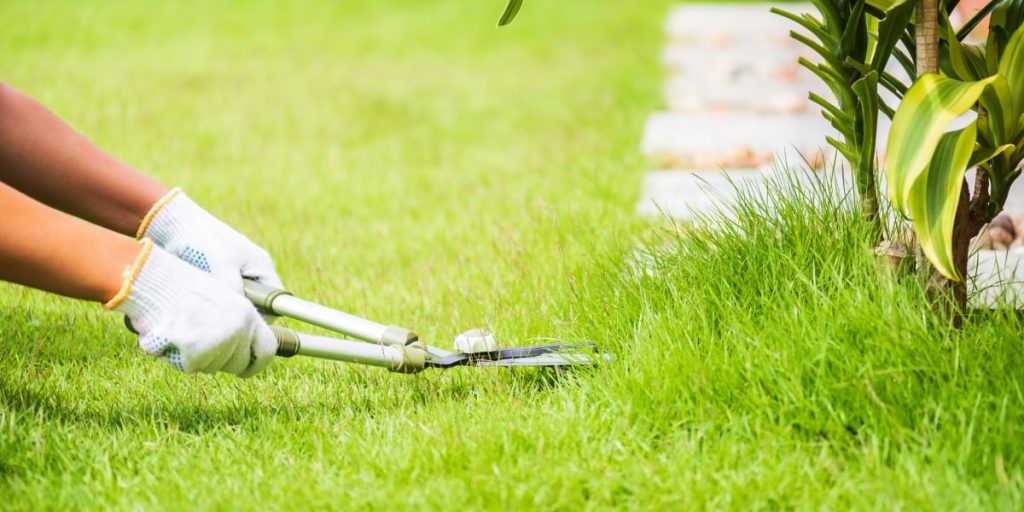
Moss growing on the lawn is unpleasant, but it is removable. It is only necessary to consider some features of this plant spread and get down to business. Moss usually appears if the site is in a low area or too shaded. Thus, sunny hills do not interest it. Moss can cause considerable damage to even the neatest, healthiest lawn. Fortunately, removing moss from a lawn is not difficult, and you can do it in several ways. For example, you can remove it mechanically. Although sometimes the chemical method works better. Moss is a pest in the home garden.
This “invader” devours the grass on the lawn, gradually filling its place. Such undesirable vegetation on the site gives an untidy, abandoned look. It also creates a sense of visual neglect. So, knowing the best methods to get rid of it is essential. Read more about how to get rid of moss on the lawn.
Removing Moss From Lawn
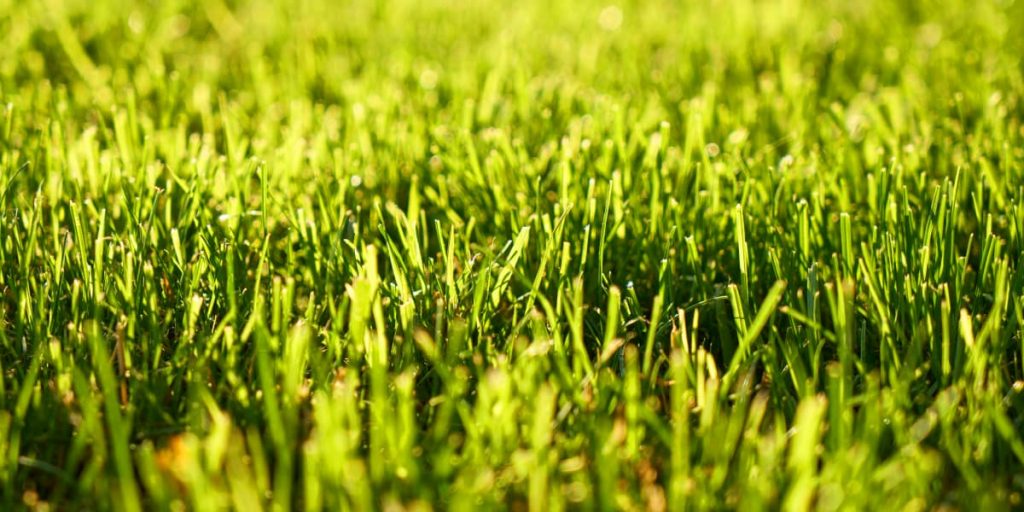
There are several methods for removing moss from a lawn of a garden plot:
- mechanical method;
- chemical removal;
- deoxidation of the soil;
- reducing moisture, etc.
The choice of one method or another depends on the severity of the “infestation”. Also, you need to think about financial and time resources.
But, we recommend combining mechanical lawn moss removal with chemical remedies. Before you decide how to get rid of moss on your lawn, determine for yourself what means you will use it. Safe remedies that do but need a long waiting period include fertilizer.
Since mosses begin to grow from a lack of minerals in the soil, replenishing them can reduce their growth. Most grasses also die from this. You should prefer nitrogen, potassium, and iron complexes when choosing fertilisers. It is these micronutrients that are most often lacking in the soil. So let’s look closer at the best methods for killing moss.
1. Mechanical Removal
The easiest way to remove moss is by mechanical means – that is, by hand. Removal is not too difficult. As the plant has rather short roots. You can use the following:
- an ordinary rake;
- special lawnmower attachments.
They have short and thin teeth. The procedure does not take much time. Thorough treatment of the entire area is the only condition for its implementation. Another advantage of choosing mechanical removal is the aeration that occurs. As it improves the oxygen access to the root system of the lawn.
2. Chemical Treatment
Herbicides, such as concentrated ferrous sulfate, are pretty effective for removing lawn moss. To treat 15 square meters of lawn, you should:
- dilute 5 milliliters of the product in a liter of water;
- then carry out the spraying.
You can also remove moss using 5% iron sulfate. Copper sulfate shows good results against weeds. In this case, you must dilute 10 milliliters of the preparation in a liter of water. And this amount is enough to process 20 square meters of lawn. Gardeners also recommend using special mixtures containing ammonium sulfate, iron sulfate, and sand.
3. Soil Acidification
Moss often develops in a highly acidic area. So, we recommend that owners first check the level of p. You can do lawn moss treatment with a special device or litmus paper. If the value is below 5.5, it is necessary to acidify the soil. It is possible to destroy the weed with dolomite flour and with this method:
- Take 0.5 kg to treat 1 square meter with lime taken in the same proportion;
- The use of ash requires 1-1.5 kilograms of powder for the same area, but only 400 grams of gypsum will suffice;
- For the same purpose, chalk in 500-700 grams and a solution of soda or soap will also be suitable.
You must complete the treatment either in early spring or autumn. Thus, you will achieve the desired effect in killing moss.
4. Reducing Humidity
If moss actively grows after every attempt to water the lawn, it is due to overwatering of the soil. Ideally, you can prevent this situation as early as the planning stage. It occurs when a good drainage layer is formed. If the water does stagnate:
- you can process the soil with a fine-toothed rake;
- then put a centimeter layer of sand.
In addition, you should reduce the daytime irrigations and completely abandon the evening ones, especially in autumn and spring. In some cases, only creating an even slope from the main plot to its borders will solve the problem of moss growing on the lawn.
5. Reduce Shading
A fairly common cause of lawn moss is lack of sunlight. Eliminating ideal conditions for the weed will require replanting large shade-generating bushes and thinning out the dense crowns of nearby trees.
It is better to fight moss with other means if removing the shade’s source is impossible. On the shady side, it is better to sow grasses that do not need enough sunlight – such as:
- hellebore;
- fern.
You should always level the resulting low spots with sand, and the mowing should not be too low.
6. When Is The Best Time To Remove Moss From Lawn?
We recommend removing moss from the lawn during a drought as the moss weakens. If the treatment is done correctly, the moss will turn black in no more than a week. That is, moss will begin to die off, and you can remove it with a rake. During this period, it is better not to walk on the grass.
What Are The Causes Of Moss Growing On The Lawn?
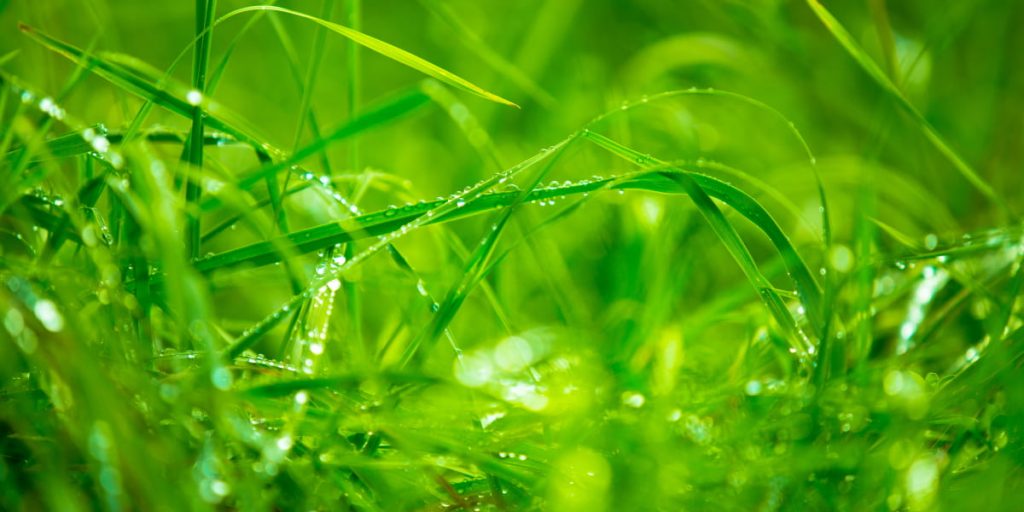
The most common cause of moss is too much shade. To control moss in your lawn, you need to understand why the moss has come to your property. To determine the exact cause, find the answers to several questions:
- Mineral deficiencies in the grass. The greenery can have weakened due to insufficient nutrients or excessive moisture. Lawns with healthy, strong grass won’t get moss.
- Improper care. Check to see if you’ve been taking good care of your lawn:
- how you water it;
- fertilize;
- weeded.
- Too much shade. Check how shaded the area where the moss has grown. This plant likes to settle in shady places – so it can be the case.
- Excessive soil moisture. Moss prefers moist soil, so low places, areas with stagnant water, and other wet places are good for it. Watering your lawn too hard can also cause moss growing on the lawn.
- Elevated soil acidity. Make sure the acidity of the soil is normal. If it is too acidic, moss will also like it.
- Too many lawn clippings. Check to see if you are clipping the grass on your lawn too hard. A short-cut lawn with acidic soil or a heavily moistened lawn is more likely to be invaded by moss.
To understand exactly the reason before killing moss, look closely at the plant, and pay attention to its shade. So, if the moss appeared due to increased acidity of the soil, then:
- on the top, it will be bright green;
- the bottom will be brown.
How To Prevent Moss Growing On Your Lawn
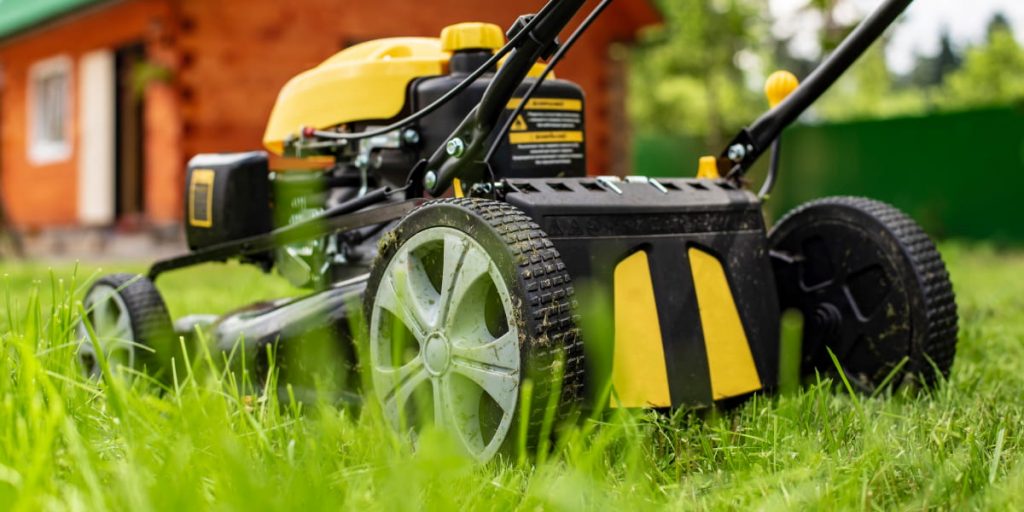
To prevent moss from growing, you should take good and systematic care of your lawn. It will help to prevent the appearance of moss on your property. And the following methods can also help you:
- Take care of the correct pH of the soil. When setting up your lawn, it’s a good idea to consider prevention. The ideal pH for grasses is 5.5 to 6.5. It is an excellent idea to lime the soil every few years;
- Use lawn fertilizer. Valuable soil guarantees intensive green growth and good grass condition. Thus, it is good to remember to fertilize your lawn with mineral or organic fertilizers regularly. So in the future, you won’t require answers on how to get rid of moss on the lawn;
- Water your lawn regularly but in moderation. The rule of thumb is that water should penetrate 20 cm deep into the grass and not remain on the surface. As it happens in the case of weak but frequent watering;
- Aeration and sanding. It involves piercing the lawn with a spiked roller or an exhaust gas aerator.
Bottom Line
By following these tips, you can successfully prepare to kill moss on your lawn and maintain a healthy and attractive outdoor space. However, it’s important to remember that preventing moss from growing in the first place is the best course of action.
So, be proactive in maintaining good drainage, increasing sunlight, and fertilizing your lawn, and you’ll be well on your way to moss-free lawn success.
FAQ
What will kill moss but not grass?
Iron sulfate is a common ingredient in many moss-killing products. It lowers the soil’s pH, making it inhospitable to moss. But, it is important to be careful when using iron sulfate, as it can burn the grass if used in excess.
What kills moss naturally?
The solution to the problem can be the growing vegetation replacement. Healthy grass will displace weeds and moss. Moss can grow in bare lawn areas where grass does not grow well.
When should I kill moss in my lawn?
Depending on your location and climate, it is best to kill moss in your lawn during the growing season when it is actively photosynthesizing, typically from late spring to early fall.
How to reduce moss instantly?
Loosen up the compacted soil. Moss has shallow roots. It will not be difficult to rake it out. The rake should be used to vigorously remove the moss over the entire surface of the lawn. It will improve aeration.


